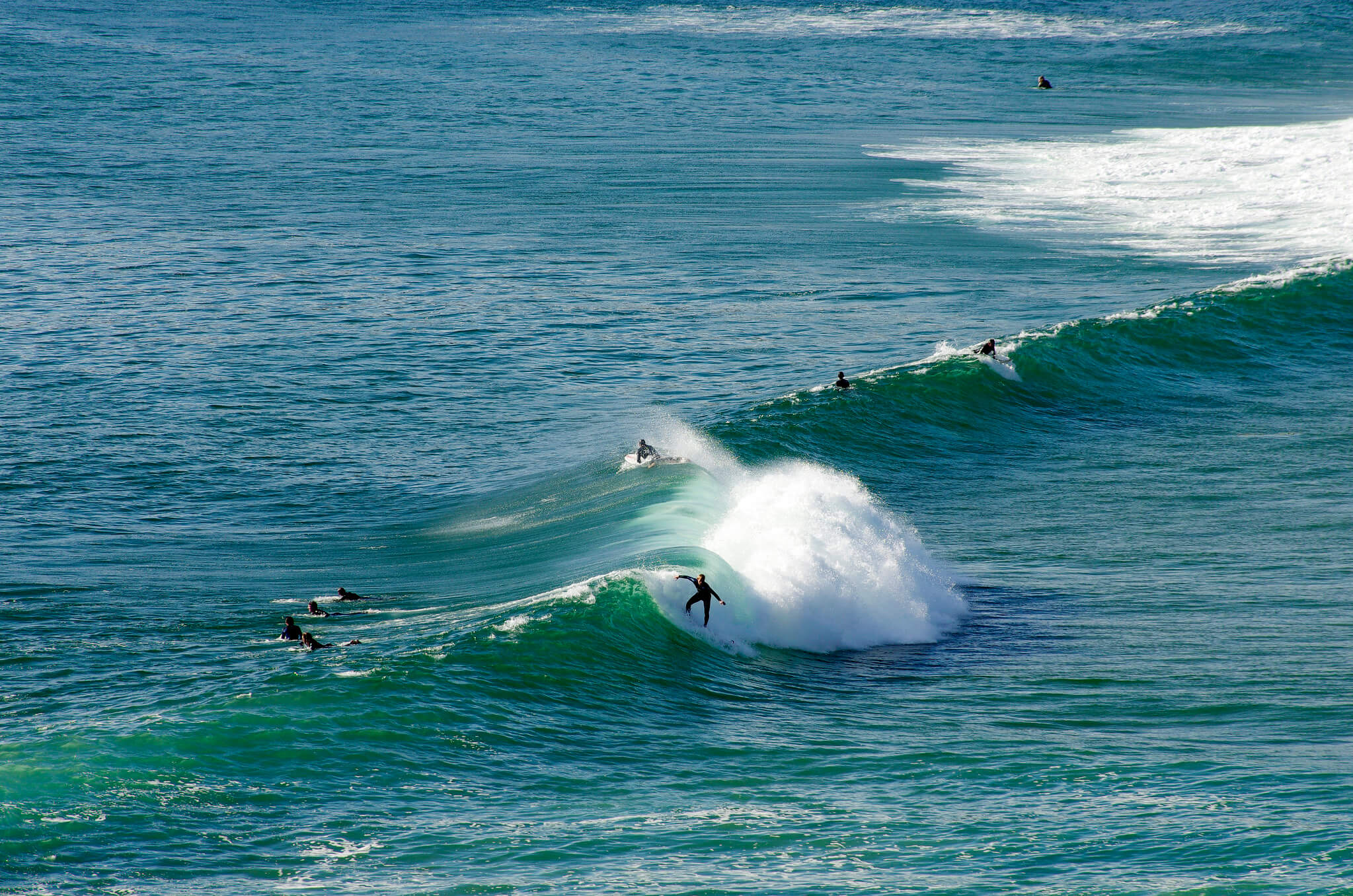Surfing History
Surfing is one of the oldest sports in the world, dating back in 1779. James Cook played a significant role at the beginning of Surfing. Cook made his first recorded European visit to Hawaii in 1778 with two of his ships, HMS Discovery and Resolution. He was looking for a passage from the North Pacific to the Atlantic, bringing his troops to stop in Hawaii, where he was killed when he attempted to kidnap their high chief so that a stolen boat must be returned to them.
The First Lieutenant of the Discovery and the person to complete the narrative of James Cooks journals was given to Lieutenant James King, the source of the first European record of Surfing.
But even then, Surfing was already an integral part of the Hawaiian culture. Locals rode waves lying down, sitting down, or standing on longboards made of hardwood. The way they rode waves using a wooden board originated from Western Polynesia. The fishermen discovered that they could ride waves to bring their catch to the shore. With time, Surfing turned from an effective form of transportation into a pastime enjoyed by a lot of people.
There is no exact evidence as to how Surfing in upright position became a sport. In the 15th century, wave sliding or “he’enalu” was practiced by kings, queens, and locals of Sandwich Isles. Polynesians who first settled in Hawaii were most likely skilled in basic Surfing. They rode the waves of Hawaii for a few hundred years, and soon after, the well-known Hawaiian form of the sport came into being.
But in 1900, Surfing disappeared because of the number of locals who surf decreased. It went back to its beginning, with only a few skilled people who practiced the sport. A myth that Hawaiians were the only people who can surf circulated. Despite this, in the early 1900s, some Honolulu locals re-discovered the joys of catching waves and the interest in Surfing eventually came back.
In the 1930s, Surfing was gradually reinvented. It was no longer simple wave riding. People came up with Surfing Boards in all sorts of sizes, shapes, weights, and materials, resulting in the Golden Age of Surfing in the 1950s. Surfing had gone from an elite and sacred island activity to a multi-million dollar industry.
Looking at Surfing today, it continues to evolve and grow as a sport. Adding to its evolution is the advancement in board design and improvement of wave riding techniques and maneuvers

 English
English Deutsch
Deutsch Spanish
Spanish
0 Comments